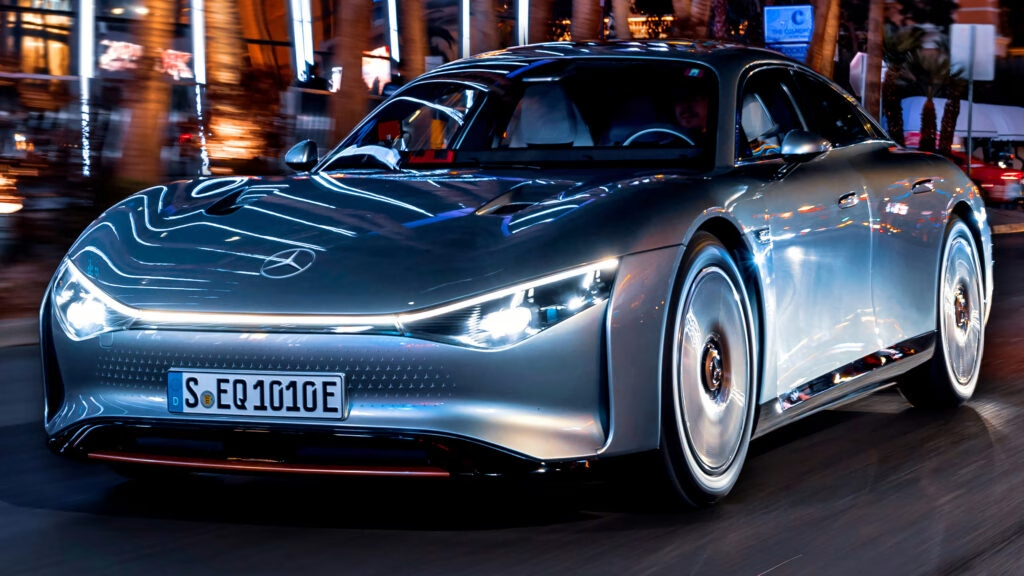Mercedes is stepping up the game in electric vehicle (EV) technology with some groundbreaking innovations that could reshape the future of driving. Among these, the concept of solar paintwork stands out as a particularly exciting development. Imagine your car charging itself just by sitting in the sun. Sounds like something out of a sci-fi movie, right? But Mercedes is making strides toward turning this dream into reality.
### What is Solar Paintwork and How Does It Work?
Solar paintwork is essentially a new type of solar module that can be applied directly to the body of an electric vehicle. This innovative technology could potentially generate enough electricity to cover an impressive 8,699 miles (14,000 km) annually under ideal conditions. That translates to about 24 miles (39 km) per day, which, while not enough to eliminate the need for traditional charging, could significantly reduce it. Just think about how convenient it would be to park your car outside and let it soak up the sun while you go about your day.
### Why Is This Important for EV Owners?
One of the biggest hurdles for electric vehicle owners is the anxiety around charging. Finding a charging station, waiting for your car to charge, and planning trips around charging times can be a hassle. With solar paintwork, the prospect of generating additional range simply by parking in the sun could alleviate some of that stress. It’s a step toward making EVs more user-friendly and accessible, especially for those who might be hesitant to switch from traditional gasoline vehicles.
### Beyond Solar Paint: Other Innovations in the Pipeline
Mercedes isn’t stopping at solar paintwork. The company is also developing a programmable micro-converter that can be installed at the battery-cell level. This technology aims to regulate each cell individually, allowing for a constant high voltage output of 800 volts, regardless of the state of charge or health of the individual cells. This could lead to longer ranges and more efficient energy flow, paving the way for bidirectional charging—meaning your car could potentially power your home during an outage.
### A New Approach to Braking Systems
Braking systems are another area where Mercedes is innovating. They’re working on a more sustainable brake system that’s integrated into a closed motor-transmission unit. This new setup is designed to be virtually maintenance-free, reducing wear and tear while also minimizing noise and particulate emissions. Imagine a brake that doesn’t rust or fade under high loads—this could significantly enhance the overall efficiency and lifespan of EVs.
### The Role of Neuromorphic Computing in Safety
In collaboration with the University of Waterloo in Canada, Mercedes is exploring neuromorphic computing, which mimics human thought processes. This technology could revolutionize how safety systems in vehicles operate, allowing them to recognize traffic signs, lanes, and other road users more effectively. The potential for these systems to react faster, even in poor visibility, could make driving safer for everyone.
### What Does This Mean for the Future of Driving?
The advancements Mercedes is pursuing are not just about making electric vehicles more efficient; they’re about rethinking what’s possible in automotive technology. As these innovations come to fruition, we could see a future where EVs are not only more sustainable but also more integrated into our daily lives. The idea of a car that can charge itself, optimize its energy use, and enhance safety through advanced computing is a game-changer.
The big takeaway? Mercedes’ innovations aren’t just about perfection—they’re about smarter adjustments that could redefine our driving experience. Start keeping an eye on these developments, and you might find that the future of driving is brighter than ever.

